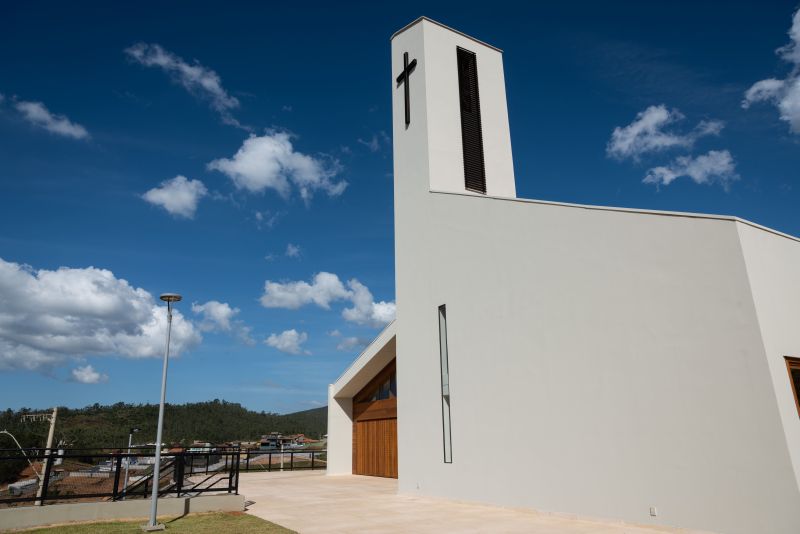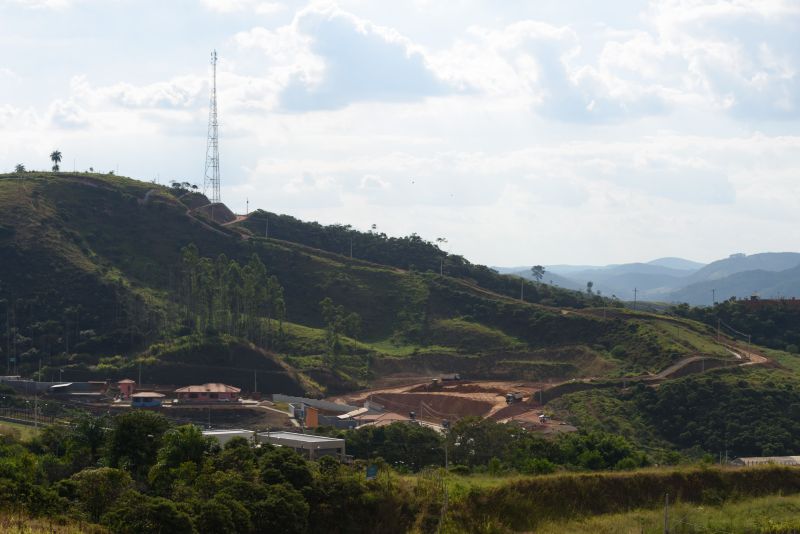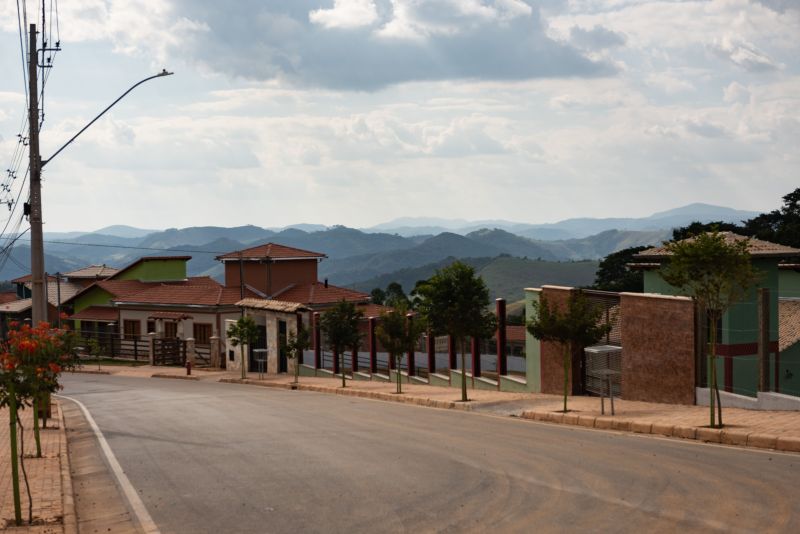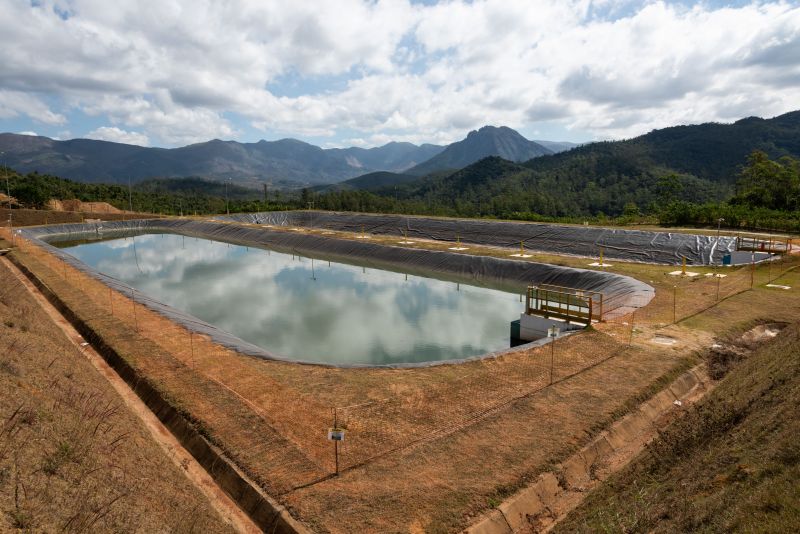In the wake of the Mariana Dam disaster, a catastrophic event that reverberated through both local communities and global ecological systems, the role of international aid has emerged as a beacon of hope and resilience. The devastating collapse not only claimed lives and disrupted livelihoods but also left a community grappling with the aftermath of environmental degradation and infrastructural ruin.
While the immediate response highlighted the urgency of humanitarian assistance, it also illuminated the complexities of recovery in a world increasingly interconnected yet often indifferent to the struggles of others. This article explores how international aid serves as a critical lifeline, facilitating both short-term relief and long-term rebuilding efforts.
It sheds light on the multifaceted challenges faced by disaster-stricken populations and examines the collaborative efforts of governments, NGOs, and grassroots organizations in striving for a sustainable path to recovery. Through the lens of the Mariana Dam disaster, we can better understand the indispensable role that international solidarity plays in fostering resilience, rebuilding trust, and paving the way for a more secure future.
Background of the Mariana Dam Disaster

The Mariana Dam Disaster, which unfolded in November 2015, marked a harrowing chapter in Brazil’s environmental and social history. A tailings dam owned by the mining company Samarco, a joint venture between Vale and BHP Billiton, catastrophically failed, unleashing a deluge of toxic sludge that cascaded down the Doce River valley, obliterating everything in its path.
The impact was immediate and devastating: entire communities were engulfed, livelihoods decimated, and ecosystems rendered inert. With 19 lives lost and thousands affected, the disaster ignited a national outcry against corporate negligence and regulatory failures.
In the aftermath, the once-thriving towns that lined the river faced a grim reality; their future was now shackled to the toxic reminders of industrial greed. This tragedy highlighted not only the urgent need for environmental accountability but also the critical role of international aid in facilitating recovery and rebuilding efforts in the devastated regions.
Types of International Aid

International aid manifests in several distinct forms, each tailored to address the myriad challenges faced by communities recovering from disasters like the Mariana Dam catastrophe. Humanitarian assistance is often the most immediate response, providing essential resources such as food, water, and medical care to those in dire need.
Following this initial phase, development aid steps in, emphasizing long-term recovery through infrastructure rebuilding, economic revitalization, and community resilience programs. Meanwhile, technical assistance offers expertise, training, and knowledge transfer, empowering local organizations and governments to effectively manage resources and plan for the future.
Additionally, multilateral aid, coordinated through international organizations, and bilateral aid from individual nations can come together to create a comprehensive support network. Together, these varied types of aid form a robust framework, which is essential for fostering recovery, rebuilding lives, and ensuring sustainable growth in the aftermath of such profound devastation.
Monitoring and Evaluation of Aid Efforts

The monitoring and evaluation of aid efforts in the aftermath of the Mariana Dam disaster is an intricate and vital process. As funds and resources flow into the region, establishing a robust framework to assess the efficacy of these interventions becomes crucial.
This entails not merely tallying the disbursement of aid, but delving deeper into the qualitative impacts on affected communities. Are the shelters truly meeting the immediate needs of displaced families? Is the psychological support being effectively delivered to help rebuild lives? By employing mixed-method approaches, including community surveys, direct feedback mechanisms, and longitudinal studies, stakeholders can gauge the effectiveness of aid strategies and adapt them in real-time to better serve the populace.
Such vigilance ensures that aid not only alleviates immediate trauma but also fosters long-term resilience, guiding future responses to disasters while cultivating a culture of accountability and transparent governance.
Conclusion
In conclusion, the Mariana Dam disaster serves as a somber reminder of the vulnerabilities inherent in large-scale industrial operations and their potential to devastate communities and ecosystems. The role of international aid in addressing the aftermath of this tragedy has been instrumental in facilitating recovery efforts, providing essential resources, and promoting long-term sustainability in the affected regions, particularly around the Rio Doce. As stakeholders continue to navigate the complexities of rebuilding and restoring the environment and livelihoods impacted by this disaster, the lessons learned underscore the importance of collaboration, transparency, and accountability in future aid initiatives.
Ultimately, a concerted global commitment to support affected communities can foster resilience and pave the way for a more sustainable recovery.


